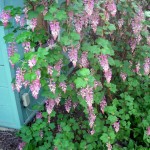
by Avis Licht – Native plants in your garden: a very good idea. They are already adapted to your climate and soil, so don’t need a lot of fussing and attention. In fact, they demand to be left alone. You will bring in a large diversity of important pollinators and insect controllers naturally. Birds, bees, hummingbirds, butterflies, moths, pollinating insects are all attracted to native plants. The more diversified your garden, the healthier it is. Many people think that native plants aren’t good looking enough for their landscape. Here are some photos I took the last few days, that will show you otherwise.
One of the best sites I’ve found for California native plants is Las Palitis Nursery. Their website is a treasure trove of information on growing native plants.
Manzanitas are great wildlife plants. Providing nectar for butterflies, hummingbirds and native insects. Many of the manzanitas regulate their nectar to attract different insects, butterflies and hummingbirds during the day.
Indian Warrior was used medicinally as a muscle relaxant .
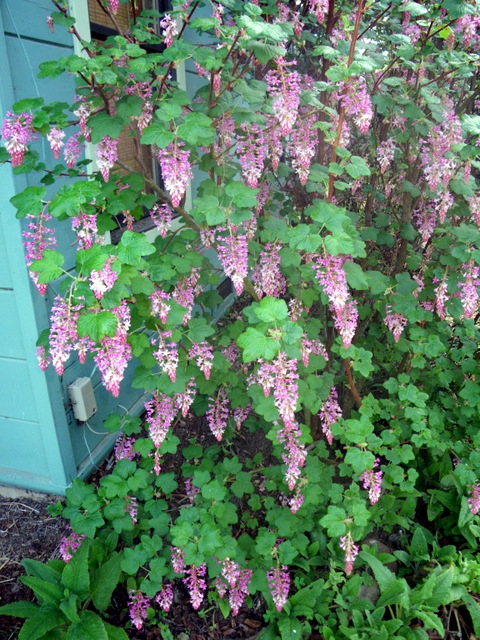
Native to the Coast Ranges in California all the way north to British Columbia. Ribes sanguineum, Pink or Red flowering currant.
R. sanguineum is one of the all-time superb early-spring-flowering shrubs. It is easy to grow, you can prune it or not, and the red or pink flowering currant has showy flower clusters. Time of bloom and flower color vary according to cultivar, but figure on anything from creamy white to crimson, beginning in February and sometimes lasting till May. The blue-black fruits are attractive, but are mainly for birds. They’re not poisonous, but they don’t taste good. They bloom at the same time as the California Lilac, Ceanothus, which is light to dark blue. They make a very attractive couple.
Don’t forget about my ebook on the Spring Garden. There are lots of great pointers for starting your Spring Garden.
Here is the information you need to start your Spring garden. Included is information on soil, sites, annuals, perennials, fruits and much more. This is a 20 page guide to get you started on your edible landscape. Forty years of gardening has given me plenty to share. If you have enjoyed my blog, be sure to get my booklet. $10- such a deal!
2 Responses to “California Native Plants Flowering in the Spring”
Sorry, the comment form is closed at this time.

 Follow
Follow

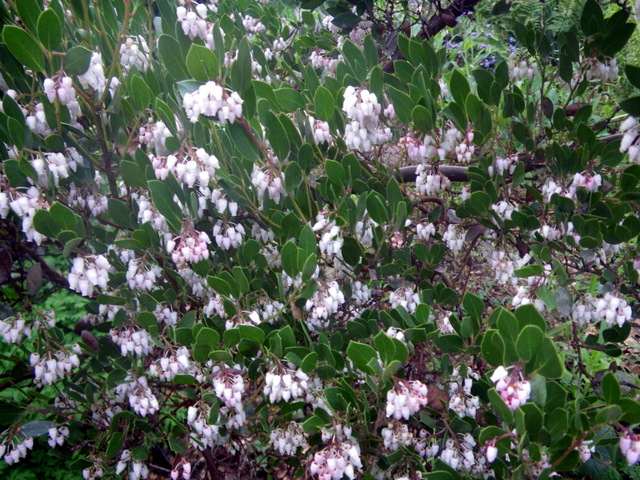
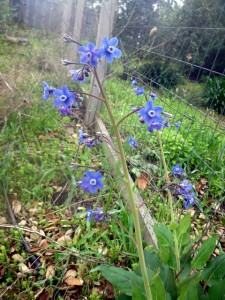
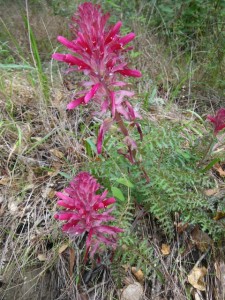
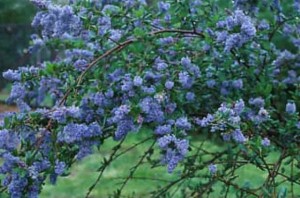
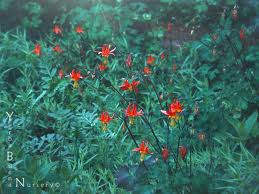
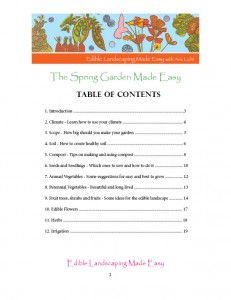
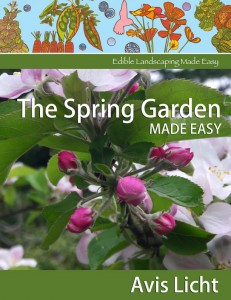
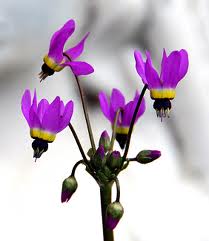
Are all these flowers in your garden? They are lovely. Those hounds tongue – are they very tiny, ground hugging plants? I have similar ones in my garden but they are as I described.
Hi, Nice to hear from you. The hounds tongue is in my garden, but it planted itself. Other plants, like the manzanita and pink flowering currant I planted. The hounds tongue is about 2 ft tall. It has a flower like the forget me not, but is not related. I also planted the columbine. I collected seed from the wild and sowed it directly into the soil. Hope that helps.